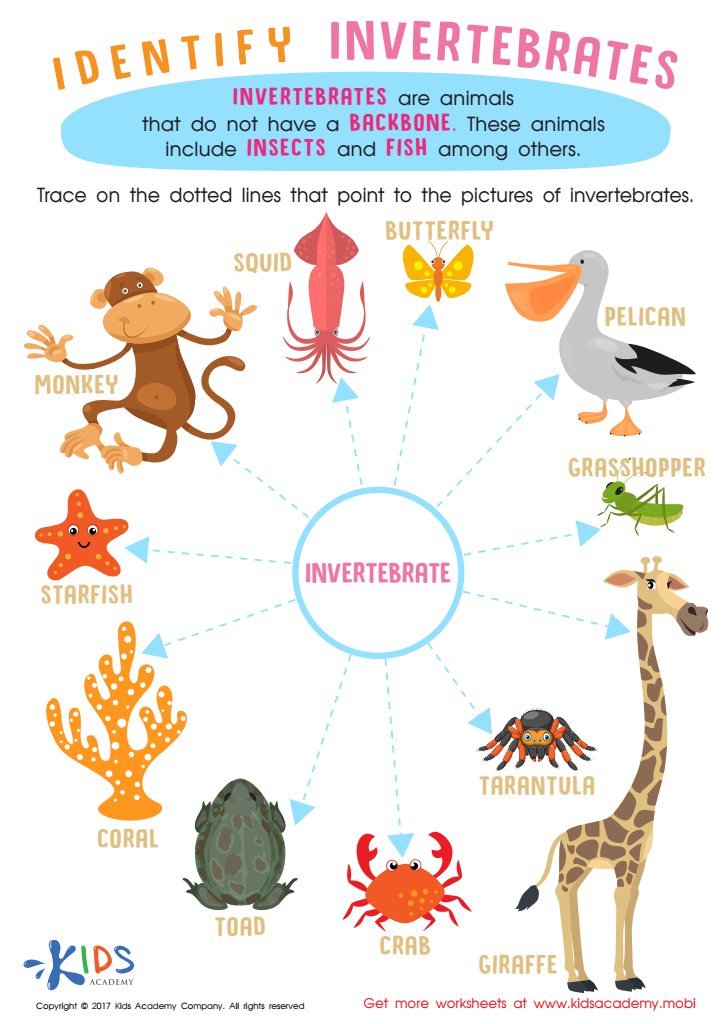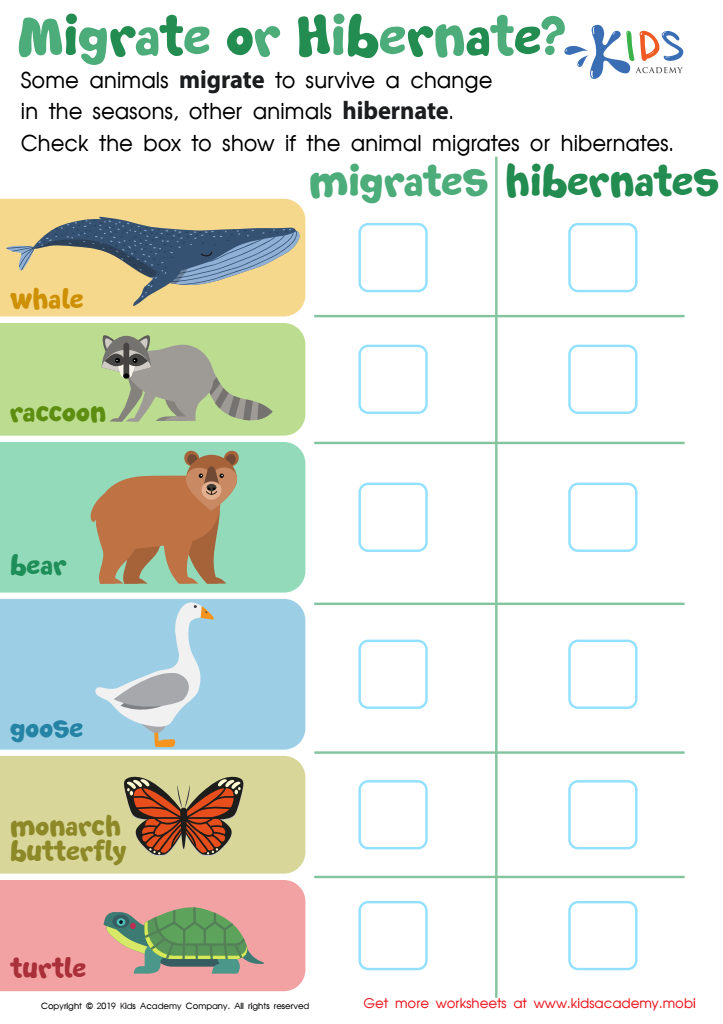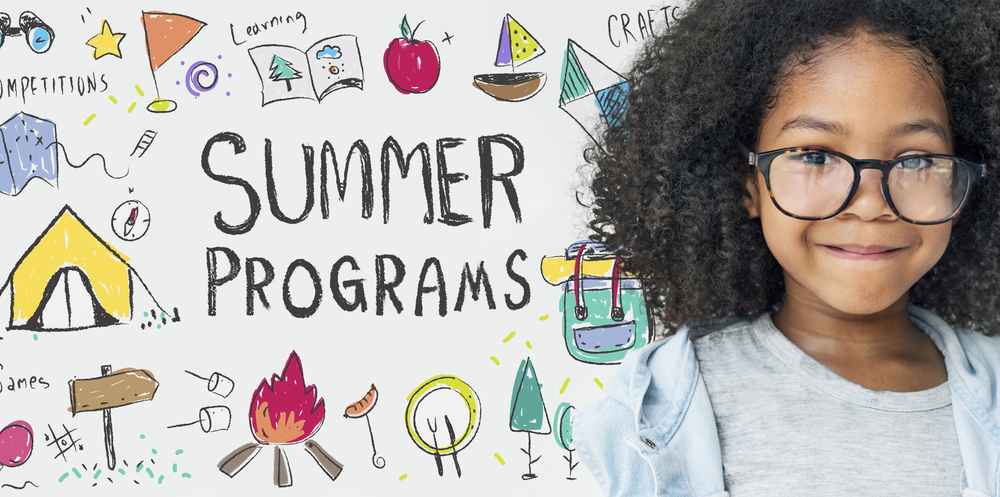Categorizing animals Worksheets for Ages 6-8
3 filtered results
-
From - To
Discover our engaging "Categorizing Animals Worksheets" tailored for children aged 6-8! These dynamic resources enhance critical thinking and observational skills as young learners explore various animal classifications, from mammals to reptiles. Each worksheet invites students to identify, sort, and categorize animals based on distinct characteristics, promoting both educational development and fun! Our user-friendly format fosters independent learning and can easily be integrated into your classroom or home activities. Perfect for enhancing science knowledge, these worksheets will nurture curiosity and encourage a deeper understanding of the animal kingdom. Dive into this exciting learning adventure today and watch young minds explore and grow!


Studying Fossils Worksheet


Invertebrates Worksheet for Grade 3


Migrate or Hibernate? Worksheet
Understanding animal categorization is vital for children aged 6-8 as it ignites their curiosity and fosters a deeper connection with the natural world. At this developmental stage, children are eager to learn and explore. Categorizing animals helps them make sense of the diverse life forms around them, improving their observational skills and critical thinking.
Parents and teachers should care about this topic because it lays the foundation for scientific literacy. Introducing young learners to groups like mammals, reptiles, birds, and amphibians enhances their vocabulary and comprehension. Through engaging activities, such as sorting animals by traits, children develop analytical and reasoning skills that are crucial for future education.
Moreover, understanding animal categories encourages empathy and respect for living beings. By learning about different habitats and lifestyles, children become conscious of wildlife conservation and the impact of environmental changes, promoting responsible and caring behaviors.
Encouraging exploration through categorization can also foster collaboration and communication among students as they share discoveries and insights. Ultimately, integrating animal categorization into learning allows young children to gain knowledge, develop essential life skills, and cultivate a lifelong love for science and nature.

 Assign to My Students
Assign to My Students
















